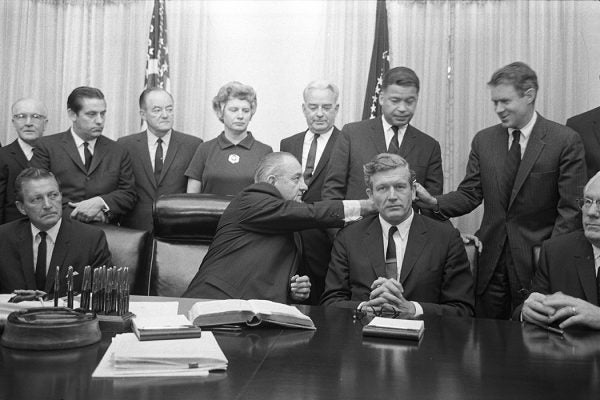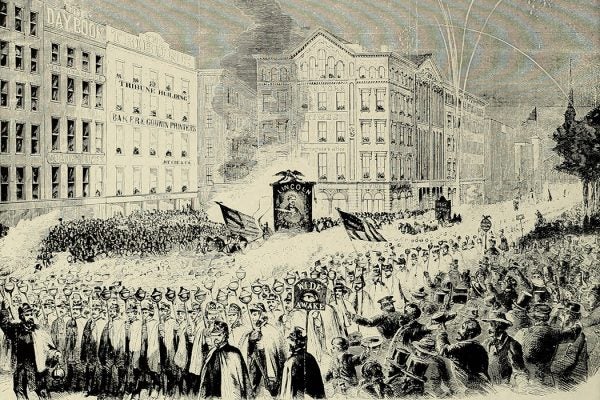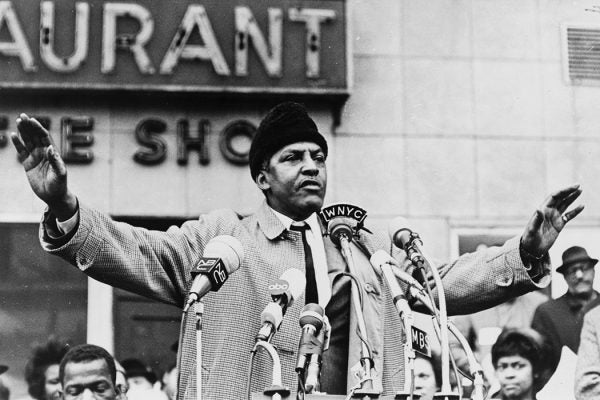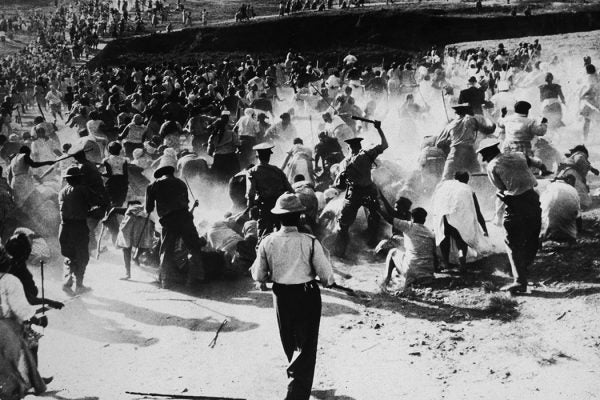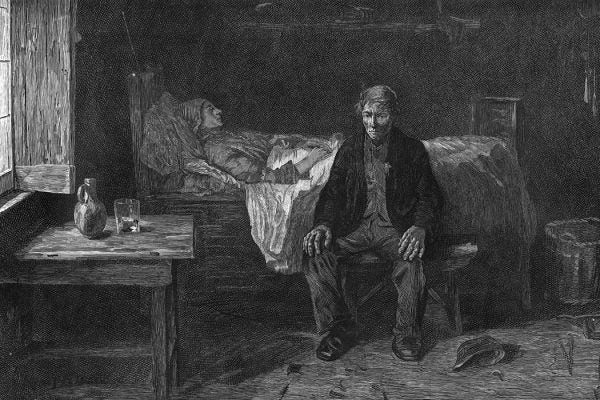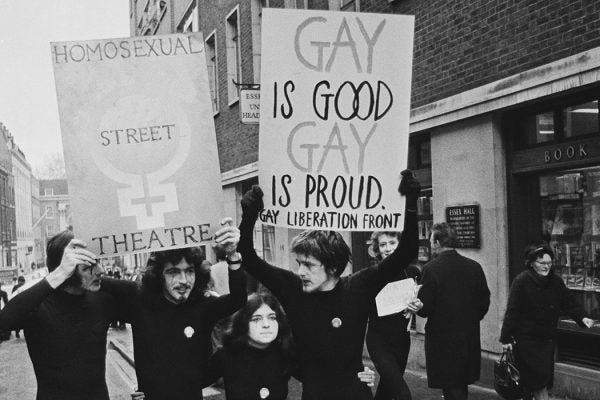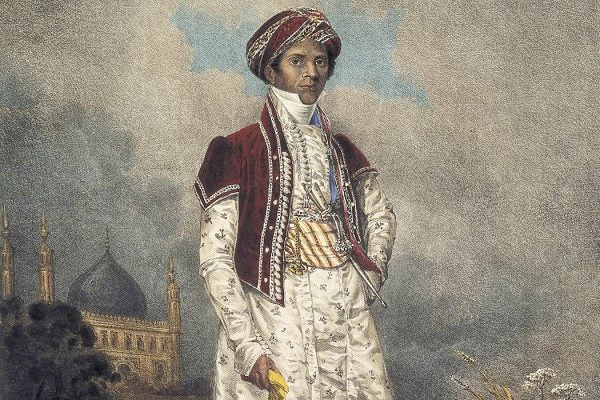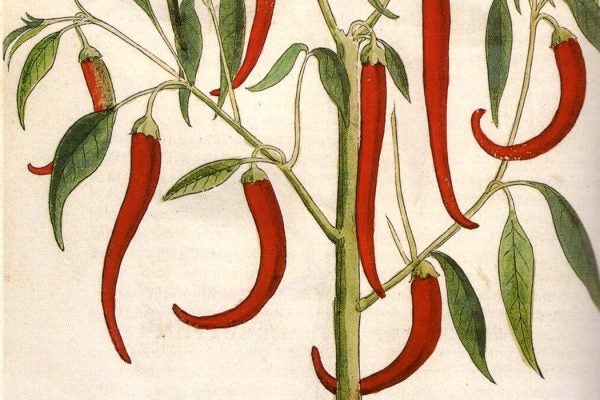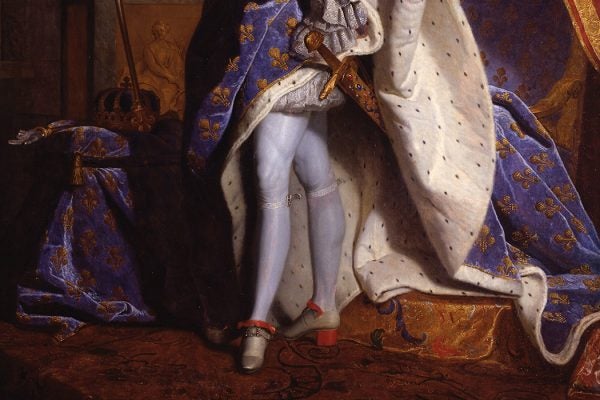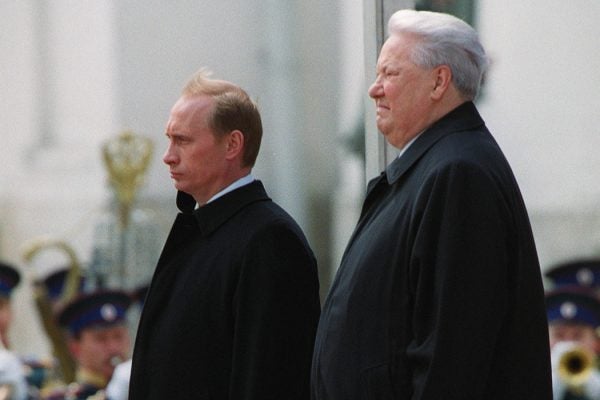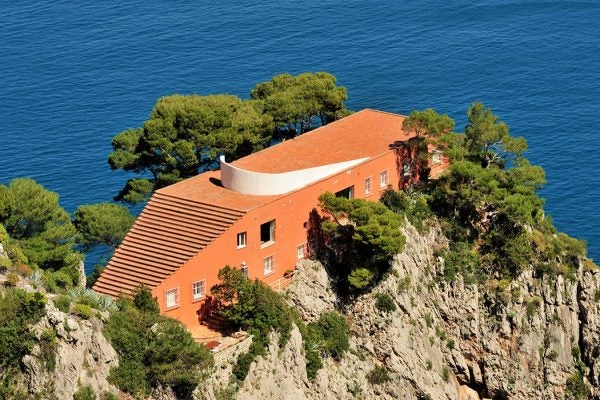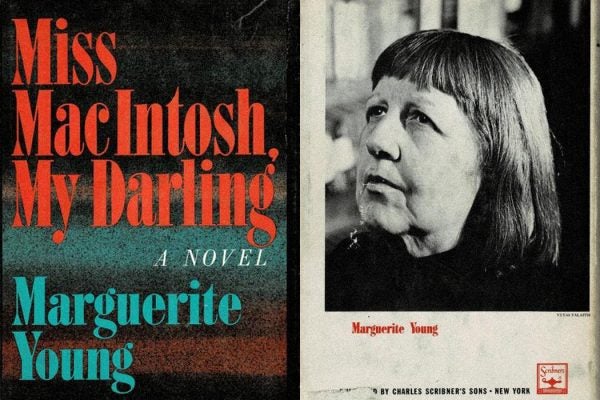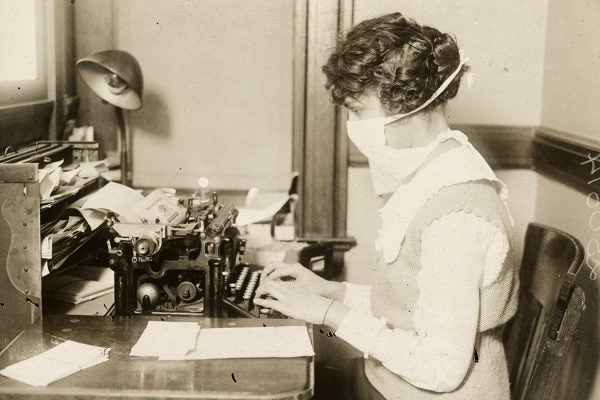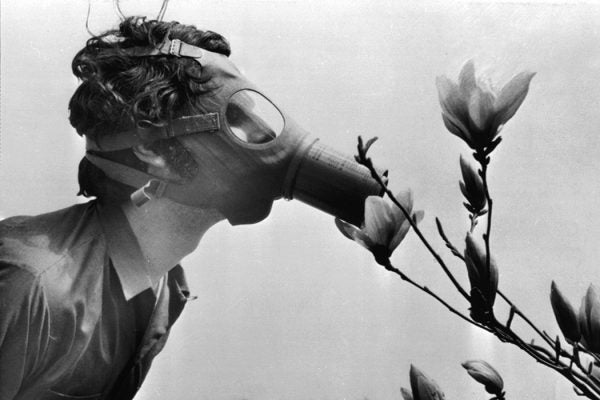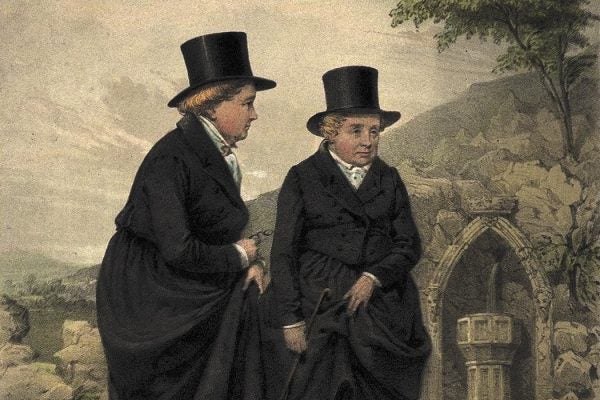The Kerner Commission Report on White Racism, 50 Years On
In 1968, the Kerner Commission “explicitly identified white racism as the principal cause of the civil disorder evidenced across hundreds of U.S. cities."
Nashoba: Not So Interracial, Not So Utopian
In the 1820s, Frances Wright established a community whose major project was the emancipation of enslaved people. Why did it crash and burn?
Abolitionist “Wide Awakes” Were Woke Before “Woke”
“Now the old men are folding their arms and going to sleep,” said William H. Seward while campaigning for Lincoln, “and the young men are Wide Awake.”
Who Was Bayard Rustin?
And why is he left out of the history of the civil rights movement?
Fake Stone and the Georgian Ladies Who Made It
Coade stone was all the rage in late eighteenth-century architecture, and a mother-and-daughter team was behind it all.
The Great Grape Graft That Saved the Wine Industry
Grape varieties from North America seemed harmless to French winemakers. But destructive bugs were imported with the plants.
The South African Experience with Changing the Police from Within
In states transitioning from authoritarianism to democracy, resistance to police abuses can make or break the larger democratic project, explains one social scientist.
Blaming People for Getting Sick Has a Long History
Four major theories of disease transmission dominated scientific discourse in the nineteenth century. As one scholar writes, all were political.
From Gay Liberation to Marriage Equality
One scholar explains how the LGBT movement became focused on advancing the rights of a narrow set of people at the expense of its once-radical vision.
Resilience: The Basics of a Concept
From the ecological to the social, “resilience” is a buzzword for our crisis-ridden age. But what is resilience exactly, and where did the idea emerge from?
Ye Olde Morality-Enforcement Brigades
The charivari (or shivaree) was a ritual in which people on the lower rungs of a community called out neighbors who violated social and sexual norms.
The Library That Walked Across Belgium
What two scholar-artists learned from taking ninety books on a very, very long walk.
Dean Mahomet: Travel Writer, Border Crosser
The author of what is considered the first English-language book by an Indian writer was neither a rebel nor an accommodationist.
Deep Mapping with Tim Robinson
By walking his way around an island off the coast of Ireland, the late artist broke with cartography's origins in marking ownership and conquest.
Doctors Have Always Been Against High-Heeled Shoes
Every generation of medical professionals has issued the same warnings about high heels. For hundreds of years.
Was Russia Destined to Be an Autocracy?
The most important factors that steered Russia away from democracy, says one scholar, weren't inevitable.
Why Some Men Go to Salons for Haircuts
The difference between a clipper cut at the barber shop and "pampering" at the salon has roots in gender ideology and class structure.
Casa Malaparte Is a Strangely Awesome House
Built by a fascist-turned-communist writer in the 1940s, it belongs to no one architectural style. But the views!
Sick of Streaming? Try This Really Long Cult Novel
Marguerite Young's Miss MacIntosh, My Darling is a dense fusion of poetry and prose. One critic says it's unjustifiably forgotten.
How Tucson Enforced Its 1918 Mask Requirement
During the influenza pandemic, the Arizona city's police force fined and arrested people for not wearing face masks.
The First Earth Day, and the First Green Generation
The first Earth Day took place fifty years ago, so most people don't remember how it happened or what it accomplished. It's time for a look back.
How Terrence McNally Reimagined the Danse Macabre
The centerpiece of the prize-winning Love! Valor! Compassion! is a rehearsal for an affirming staging of Swan Lake—in drag.
Britain’s World Police in Mandate Palestine
As colonized peoples challenged the imperial powers after World War I, British veterans were tapped to become a ruthless police force.
Who Were the Ladies of Llangollen?
Top hat connoisseurs, friends of princesses and poets, tchotchke models, dog lovers, cottage keepers...lesbians?

